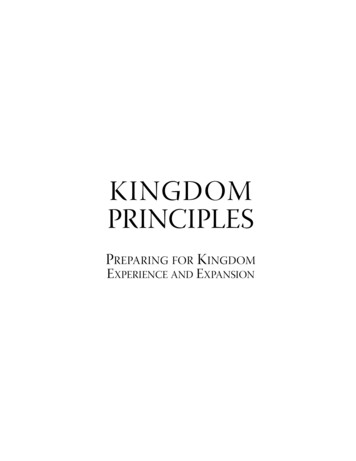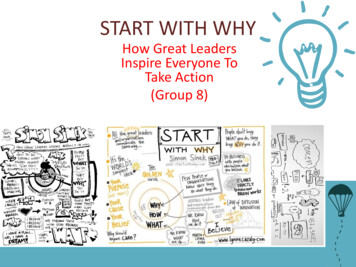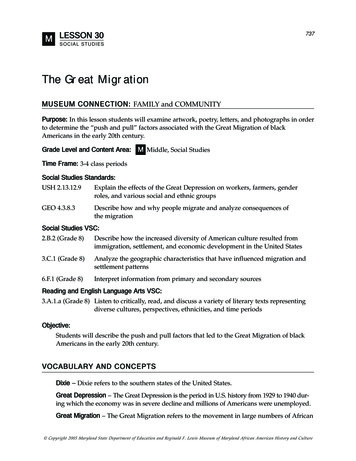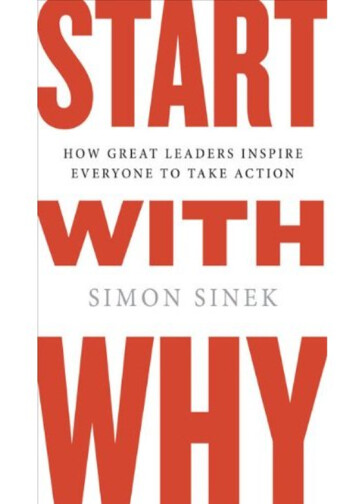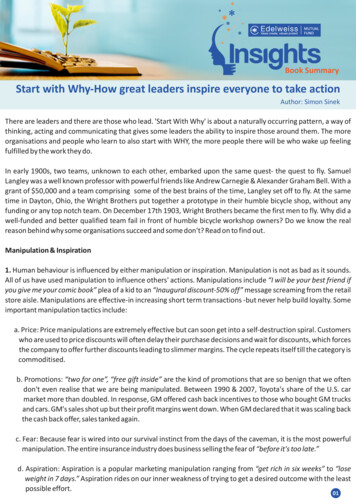
Transcription
Book SummaryStart with Why-How great leaders inspire everyone to take actionAuthor: Simon SinekThere are leaders and there are those who lead. 'Start With Why' is about a naturally occurring pattern, a way ofthinking, acting and communicating that gives some leaders the ability to inspire those around them. The moreorganisations and people who learn to also start with WHY, the more people there will be who wake up feelingfulfilled by the work they do.In early 1900s, two teams, unknown to each other, embarked upon the same quest- the quest to fly. SamuelLangley was a well known professor with powerful friends like Andrew Carnegie & Alexander Graham Bell. With agrant of 50,000 and a team comprising some of the best brains of the time, Langley set off to fly. At the sametime in Dayton, Ohio, the Wright Brothers put together a prototype in their humble bicycle shop, without anyfunding or any top notch team. On December 17th 1903, Wright Brothers became the first men to fly. Why did awell-funded and better qualified team fail in front of humble bicycle workshop owners? Do we know the realreason behind why some organisations succeed and some don't? Read on to find out.Manipulation & Inspiration1. Human behaviour is influenced by either manipulation or inspiration. Manipulation is not as bad as it sounds.All of us have used manipulation to influence others' actions. Manipulations include “I will be your best friend ifyou give me your comic book” plea of a kid to an “Inaugural discount-50% off” message screaming from the retailstore aisle. Manipulations are effective-in increasing short term transactions -but never help build loyalty. Someimportant manipulation tactics include:a. Price: Price manipulations are extremely effective but can soon get into a self-destruction spiral. Customerswho are used to price discounts will often delay their purchase decisions and wait for discounts, which forcesthe company to offer further discounts leading to slimmer margins. The cycle repeats itself till the category iscommoditised.b. Promotions: “two for one”, “free gift inside” are the kind of promotions that are so benign that we oftendon't even realise that we are being manipulated. Between 1990 & 2007, Toyota's share of the U.S. carmarket more than doubled. In response, GM offered cash back incentives to those who bought GM trucksand cars. GM's sales shot up but their profit margins went down. When GM declared that it was scaling backthe cash back offer, sales tanked again.c. Fear: Because fear is wired into our survival instinct from the days of the caveman, it is the most powerfulmanipulation. The entire insurance industry does business selling the fear of “before it's too late.”d. Aspiration: Aspiration is a popular marketing manipulation ranging from “get rich in six weeks” to “loseweight in 7 days.” Aspiration rides on our inner weakness of trying to get a desired outcome with the leastpossible effort.01
Book SummaryStart with Why-How great leaders inspire everyone to take actionAuthor: Simon Sineke. Peer pressure: Peer pressure manipulates us by making us believe that the majority (or the influential few)know better than we do. Celebrity endorsement is a marketing manipulation tool that leverages on bothaspiration and peer pressure.f. Novelty (not Innovation): Novelty is adding features to a product to differentiate it from others. In 1970s,Colgate had two types of toothpaste. Today Colgate has 32 variants in the U.S. These variants were introducedin response to either competition or flattening sales. MotoRazr from Motorola was launched as an innovationand became wildly popular. Competition however soon caught up and MotoRazr sales dwindled. Thecategory did not change much beyond phones becoming slimmer. Was MotoRazr an innovation or a novelty?Is iPhone an innovation or a novelty?2. All manipulations have the following features in common:a. They are transaction oriented & cost moneyb. They are effectivec. They deliver only in the short termInspiration as the alternative to manipulation3. The golden ratio is a simple mathematical ratio of 1.61. The golden ratio is found in nature in the symmetry ofleaves and snowflakes. Architects have incorporated the golden ratio in many of their creations as well. Theequivalent of golden ratio in human behaviour is Golden Circle. The Golden Circle helps us understand why we dowhat we do. The Golden Circle explains the ability of Apple to continuously innovate across diverse industries.The Golden Circle also shows how leaders like Dr Martin Luther King Jr were able to inspire action instead ofmanipulating people (to act). And it all begins with WHY.4. The Golden Circle consists of three concentric circles:a. The outermost and largest circle is WHAT: Every individual or organisation is easily able to explain what theirproduct or job is.b. The middle circle is HOW: HOW is not as obvious an answer as WHAT. But when organisations know HOWthey do WHAT they do, they have clarity in their product or service's differentiating factor. This is also knownas Unique Selling Proposition or “differentiating value proposition.”c. The innermost and smallest circle is WHY: It is very difficult for organisations or people to explain WHY theydo WHAT they do. The WHY needs to be answered in terms of purpose, cause or belief.5. If manipulating people to buy products via price, promotions or fear is a short term tool, what is the“inspiration” equivalent of getting people to buy? The answer is in this statement “People don't buy WHAT youdo, they buy WHY you do it.” Apple's ability to command fierce loyalty for its truly innovative products goes02
Book SummaryStart with Why-How great leaders inspire everyone to take actionAuthor: Simon Sinekbeyond WHAT they do, into WHY they do it. iPod was not the first mp3 player in the market (Singapore basedCreative Technologies was the pioneer). However, it soon became the category leader while earning heavymargins. Creative sold its mp3 players with “5GB capacity” (WHAT) while Apple sold its iPod with “100 songs inyour pocket” (WHY). Apple integrated its iPod with iTunes and allowed users to download a single track instead ofan entire album, thereby giving more “WHY” reasons to buy.6. The WHAT & HOW also generates success, as we saw with MotoRazr. However, this success is usually shortlived and tends to move towards commoditisation. Answering the WHY clearly will generate sustainable success,built on innovation and flexibility. The Golden Circle of WHY-HOW-WHAT is not just a hypothesis, it is also basedon biological sciences.7. The 3 concentric circles of the Golden Circle actually correspond with the top view of the cross section of thehuman brain. Corresponding to the outer WHAT circle is the neocortex of our brain. The neocortex is responsiblefor rational and analytical thought and language. The zone corresponding to the HOW & WHY circles is the limbicbrain area. The limbic brain is responsible for our feelings & decision making (therefore behaviour). But it has nocapability of language, unlike the neocortex8. Ever wonder why it is so difficult to put our feelings into words? It is so because the limbic brain controllingfeelings and behaviour does not process language. Similarly, “gut decisions” that always feel right are difficult toexplain because the explaining is done by the neocortex while the decision making has been done by the limbicbrain. Neuroscientists explain that gut decisions are faster and higher quality decisions while rational decisionstypically lead to overthinking, take longer time and can often be of relatively lower quality.9. Brands that do not have a clear WHY make purchase decisions more difficult for consumers as the consumersare forced to rely only on the WHAT (rational facts). Organisations need to win hearts (WHY) before they winminds (WHAT). Let's take a simple category example, laundry detergents. Companies asked WHAT consumerswant from detergents and the answer was whiter whites. So the detergent brands focussed on HOW to get whiterwhites and added different additives and enhancers to differentiate their products. Till someone noticed thatpeople smelled their clothes as they came out of the dryer. The answer to WHY consumers used detergents wasin the need to feel clean (fresh smell) as much as the functional benefit of whiter whites. Products like the iPhone,with a clear WHY explained, help consumers express (by buying the product) who they are and what they standfor.10. The Golden Circle needs to be in a particular order. When the order is followed and the following threeprinciples adhered to, the Golden Circle is in balance-which means your product or service is authentic. Thesethree principles are:a. Clarity of WHY will inspire people and move you beyond plain manipulation03
Book SummaryStart with Why-How great leaders inspire everyone to take actionAuthor: Simon Sinekb. Discipline of HOW is about identifying and sticking to what values and principles will you use as guardrails tobring the WHY to lifec. Consistency of WHAT is the consistency of results from the actions defined in HOW.11. We know that gut decisions are better than neocortex driven thinking decisions, but then gut decisions areindividual decisions-you take a decision basis your gut, not others. So how do organisations, comprisingthousands of employees take gut decisions? That's where clarity of WHY plays a big role. With a balanced GoldenCircle a “I think it's right a decision” quickly moves to “I feel it's a right decision” and then due to the clarity of WHYbecomes a “I know it's a right decision”- the reason for sustainable success.12. WHY, unfortunately, does not get answered by market research or consumer surveys. Finding the WHY is aprocess of discovery rather than invention.Building Trust with Why13. Trusting a person or product is an “I feel” decision and trust builds when one person feels that the otherperson or organisation is driven by something beyond its self-gain. When a group of people driven by thiscommon “something beyond self- gain” get together, the seeds of culture are sown. Sharing common values andbeliefs leads to trust. The caveman was not stronger or faster than other animals,but the caveman could form agroup basis a common belief. This group would then stay together, hunt together and protect each other, buildinga culture of trust. This unique ability made Homo sapiens evolution to the modern man possible.14. Building a culture requires hiring people (or being friends with) people who believe in the same belief orvalue, rather than same skillset. Starting with WHY during hiring ensures that the team is built with people whoshare the same values and culture, therefore, resonating the balanced Golden Circle.15. Going back to our earlier Langley vs Wright Brothers example, Langley saw his first flight as a route to fame. Hewanted to be the first man to fly. It was a WHAT for Langley-fame. Wright Brothers, however, did not worry aboutthe WHAT, their HOW was about hacking together prototypes in a bicycle workshop. However, their WHY wasclear. They believed that flying will change the world. Instead of their own benefit, they were focussed on thebenefit to mankind if the flying machine took off. Once the Wright Brothers flew their machine, Langley quitwithin a few days. If he were motivated by WHY, he would have used his resources to further refine the Wrights'machine, but he was driven by WHAT-to be the first man to fly.16. For any business, sales is the reason for existence. However, the business should not sell to anyone andinstead find potential consumers who believe in your WHY. Selling to this set of consumers creates the tippingpoint which then helps the majority buy into the product, thereby creating mass acceptance. Geoffrey Moore's04
Book SummaryStart with Why-How great leaders inspire everyone to take actionAuthor: Simon Sinekbook Crossing the Chasm refers to this chasm between early adopters (believers in your WHY) and the earlymajority.Why needs How17. The 3D model of the 3 concentric circles Golden Circle is a cone whose tip is the WHY, the middle is HOW andthe broader base is the WHAT. This conical representation of the Golden Circle is the organisation- At the top isthe CEO with his clarity on WHY, at the middle is the senior management with their HOW and at the base is theWHAT being done by the majority of the employees. The HOW is the connector for the WHY (CEO) and the WHAT(rest of the organisation). The leader needs to focus on his immediate layer-the HOW layer and ensure his HOWteam believes in the WHY. The HOW team needs to understand the WHY and bring in systems and teams thatbring the WHY to life.18. Walt Disney was the WHY guy. Walt Disney scaled into the massive organisation it is today because there wasa very strong HOW guy working with Walt, his brother Roy. Roy set up Buena Vista distribution, built themerchandise business and scaled Walt's vision into a sustained success. It is ironical that HOW type does notalways need WHY type to succeed, but the WHY guy normally fails without a strong HOW guy with him. SteveWozniak was the HOW guy for Steve Jobs when they began Apple in 1970s.19. Ron Bruder, the acclaimed American entrepreneur, has an interesting story. He stood with his daughters at acrosswalk one day waiting for the light for walkers to change from red to green. The Red light had “Do not walk”written on it. He asked his daughters what it meant and they said, “It means we have to stand here.” Bruderresponded, “Are you sure? How do you know it's not telling you to run?” A clear sense of WHY changes theperspective completely.20. The 3D cone of Golden Circle actually is a metaphor for a megaphone which the CEO needs to use to conveyhis WHY across the organisation. When the WHY is clear to the organisation, any employee can make a decisionthat will be as accurate as what the founder would have himself made. As organisations grow bigger, themegaphone also grows and the risk of dilution of WHY communication increases. Organisations should be able topass the “School Bus test”- ie. if the founder were to be hit by a school bus, will the organisation continue to growat the same pace with the same clarity of WHY?21. When Sam Walton died, Walmart had transformed from a one store Bentonville address to a 44 billionbehemoth. With Walton no longer in picture, Walmart messed up its WHY (to serve people, as declared byWalton) with its HOW (offering lower prices). HOW became the philosophy of the organisation and Walmart,once known for its excellent service to both customers and employees, now has a reputation for unfair labourpractices. Bill Gates, Michael Dell, Howard Schultz are all founders who had to come back and lead theorganisation after their initial “handover” to next generation leaders. The WHY in their organisations, carefully05
Book SummaryStart with Why-How great leaders inspire everyone to take actionAuthor: Simon Sinekbuilt by them, had started diluting after they moved out. They were lucky, unlike Sam Walton, that the school bushad not run them over. So they came back.22. In our business or careers, success is about pursuing our WHY (we do) by becoming better at HOW (we do)and measured by WHAT (we do). Like Walmart, when our HOW & WHAT lose their connection with WHY, we startfeeling dissatisfied about what we do. Passion alone cannot compensate for the lack of a structured foundationbased on the Golden Circle. Just like passion needs structure to survive, structure also needs passion to grow.Starting with WhySoon after Roald Amundsen reached the South Pole in early 20th century, Ernest Shackleton set out to exploreAntarctic. In 1914, Shackleton and his crew of 27 men set out for their expedition. Their ship Endurance sank in1915 and the crew got stranded on a tiny island. Shackleton and part of his crew then embarked on an 800 milehazardous journey in rough seas to find help. They were able to save all the crew. How did some of the crewsurvive 800 miles in rough seas and the others survived being stranded on a frozen island for ten months? Theanswer lies in the recruitment advertisement that Shackleton put up in the London Times, when he beganplanning the expedition. The ad read:“Men wanted for hazardous journey. Small wages, bitter cold, long months of complete darkness, constantdanger, safe return doubtful. Honour and recognition in case of success.”Shackleton put up his WHY very clearly in the ad. The 27 men who finally joined him thought the ad was great andthe job was tailor-made for them! They belonged to the expedition and when it failed, they had it in them tosurvive ten months of struggle to save their lives. Shackleton had started with WHY.“You can read this and more than 100 life changing handcrafted book summaries on the bookbhook app. bookbhook.com is an initiative by twoIIM-A alumni who are passionate about reading and learning, and are building solutions that reinvent reading. Please visit bookbhook.com todownload the bookbhook app and to read the terms & conditions covering this book summary"06
Start with Why-How great leaders inspire everyone to take action Author: Simon Sinek Book Summary . Author: Simon Sinek. 03 Book Summary beyond WHAT they do, into WHY they do it. iPod was not the first mp3 player in the market (Singapore based Creative Technologies was the pioneer). However, it soon became the category leader while earning heavy
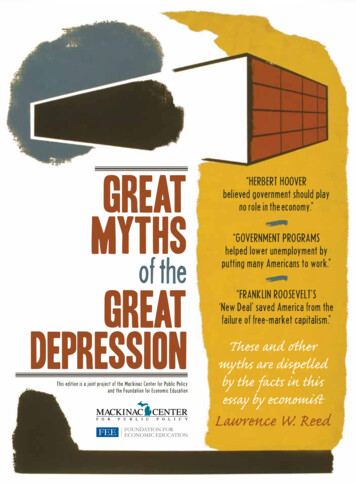
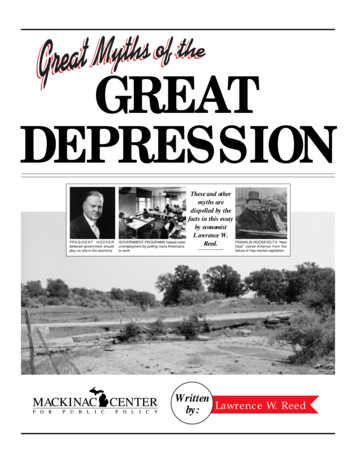
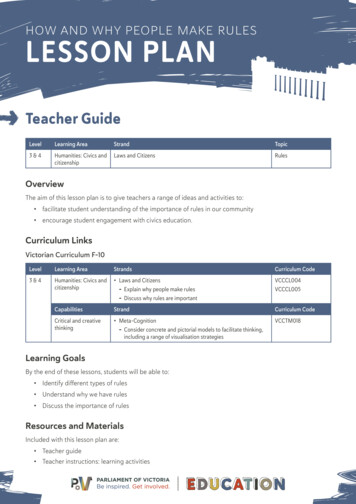
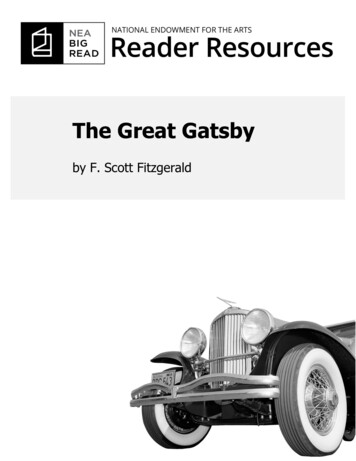
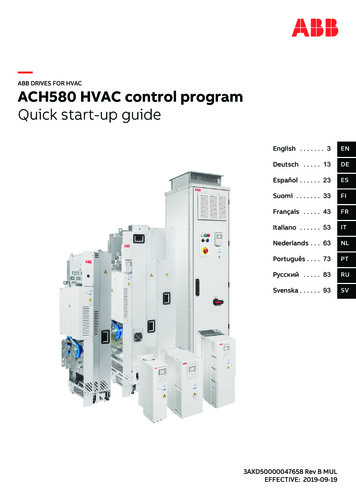
![[Page 1 – front cover] [Show cover CLEAN GET- AWAY 978-1 .](/img/13/9781984892973-6648.jpg)

